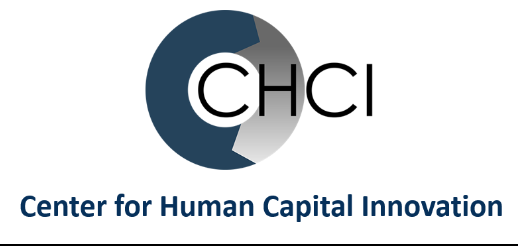I’ve wanted to surf my whole life, which is ironic considering I was raised in upstate New York, could hardly swim and was terrified of putting my face in water. Yet I had dreams of riding a wave and enjoying every minute of it. I’m a runner and a biker; swimming is not in my […]
When Introverts Lead
Everyone is talking about personality these days. Consequently, a leader’s personality and every move is often highly scrutinized in the media. This can work for extroverted leaders, who gain energy from others. However, it can be difficult for an introverted leader who prefers to think before speaking and gains energy from within. A Fast Company article featured […]
Can’t Stand Your Colleagues? Six Tips for Effectively Working with Them Anyway
Unless you’re the one doing the hiring, it’s unlikely you get to choose who you’ll be working with on various teams and projects. In some cases, it’s likely you’ll work with someone who, frankly, you truly dislike. Of course, this speaks to a bigger issue – the importance of considering an organization’s culture to determine […]
Why It’s Important to Delegate and How to Do It
Delegation goes beyond just handing off the job. It includes setting performance expectations, following-up, and providing feedback. Below you’ll find tips to help you learn to successfully delegate. But first, let’s look at why it’s important to delegate. Why is Delegation Necessary? There are several reasons to delegate: Delegation allows you to devote energy to […]
Leadership Guide for Managing Conflict, Part 3: Test Your Conflict-Handling Skills
Let’s put your conflict handling-skills to the test! In this three-part series on conflict management, I introduced the Thomas-Kilman Conflict Mode Instrument (TKI), a fantastic tool to guide leaders when facing conflict. With the introduction of TKI came an explanation of the five conflict-handling modes—competing, collaborating, compromising, avoiding, accommodating—and recognizing which mode you use most frequently. Then, we went through […]
Leadership Guide for Managing Conflict, Part 2: What Conflict-Handling Styles to Use & When
Last week, I introduced the Thomas-Kilmann Conflict Mode Instrument (TKI), my favorite tool for developing conflict management knowledge. Leaders can use this tool to identify the way they typically handle conflict, and to make informed decisions about choosing an appropriate style when facing conflict. After understanding the five conflict-handling styles, and identifying which style you use most, how […]
Leadership Guide for Managing Conflict: Five Conflict-Management Styles
Conflict happens, whether we want it to or not. Most of us have a strong, visceral reaction to conflict, including (but not limited to) fear, avoidance, excitement and/or dread. However, when you boil it down, conflict is just when one person’s wishes and desires are different from another person’s. It’s the emotions that conflict evokes […]
Miscommunication? Belief Language May Be To Blame
Language plays a crucial role in managing teams and empowering people. Not only is unbiased language powerful, so is behavior language. Here are the basic definitions of behaviors versus beliefs: What Are Behaviors? Behaviors are what a person is doing Behaviors can be observed, heard or experienced Behaviors can be measured What are Beliefs? Beliefs describe a person’s internal judgments about […]
Leadership Lessons from the Kitchen: How to Prevent Difficult Communication from Burning Your Fingers
I would never have guessed at the time but leaving the Ivy League to go to culinary school gave me the opportunity to learn a lot about leadership. I recently shared four of the lessons I learned as a chef and the response was overwhelming. Since my lessons seem to have hit a nerve, I thought I’d […]
Why Communication Fails and How to Fix it: The Perception Gap
Despite your best efforts, there’s a very good chance that your communication is being perceived and processed in a way you did not intend. The disconnect between what is meant to be communicated and what is actually understood is known as a Perception Gap. In this two part series, I will talk about Perception Gaps, […]











